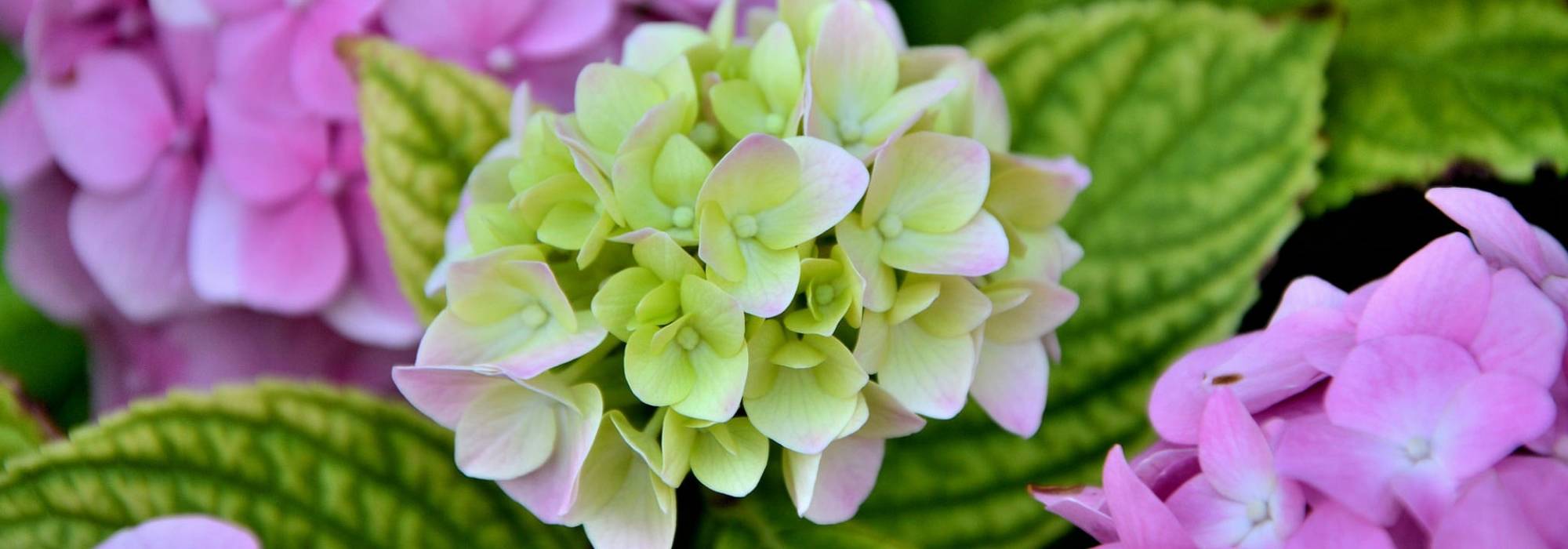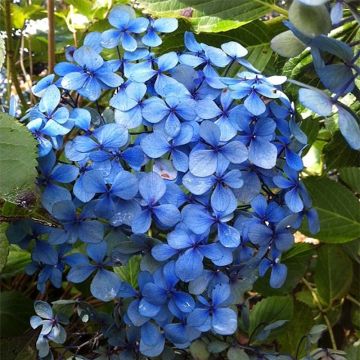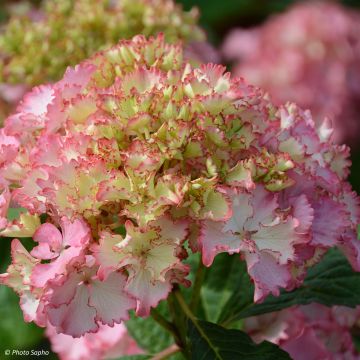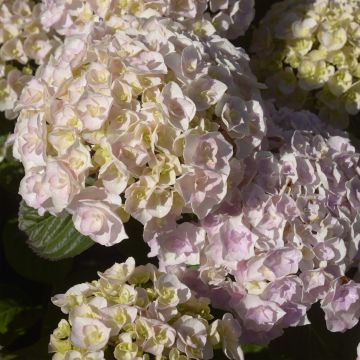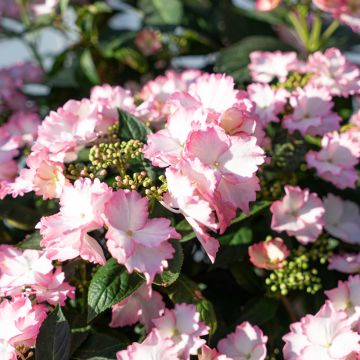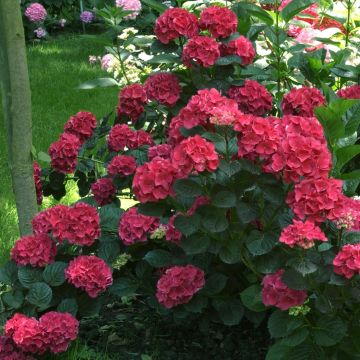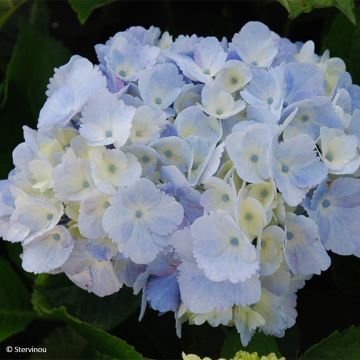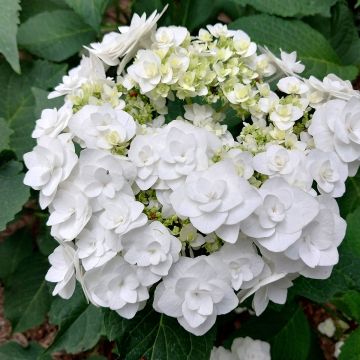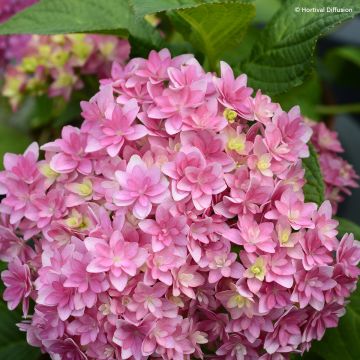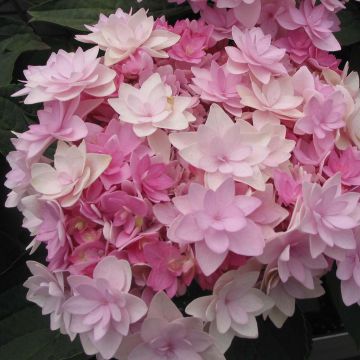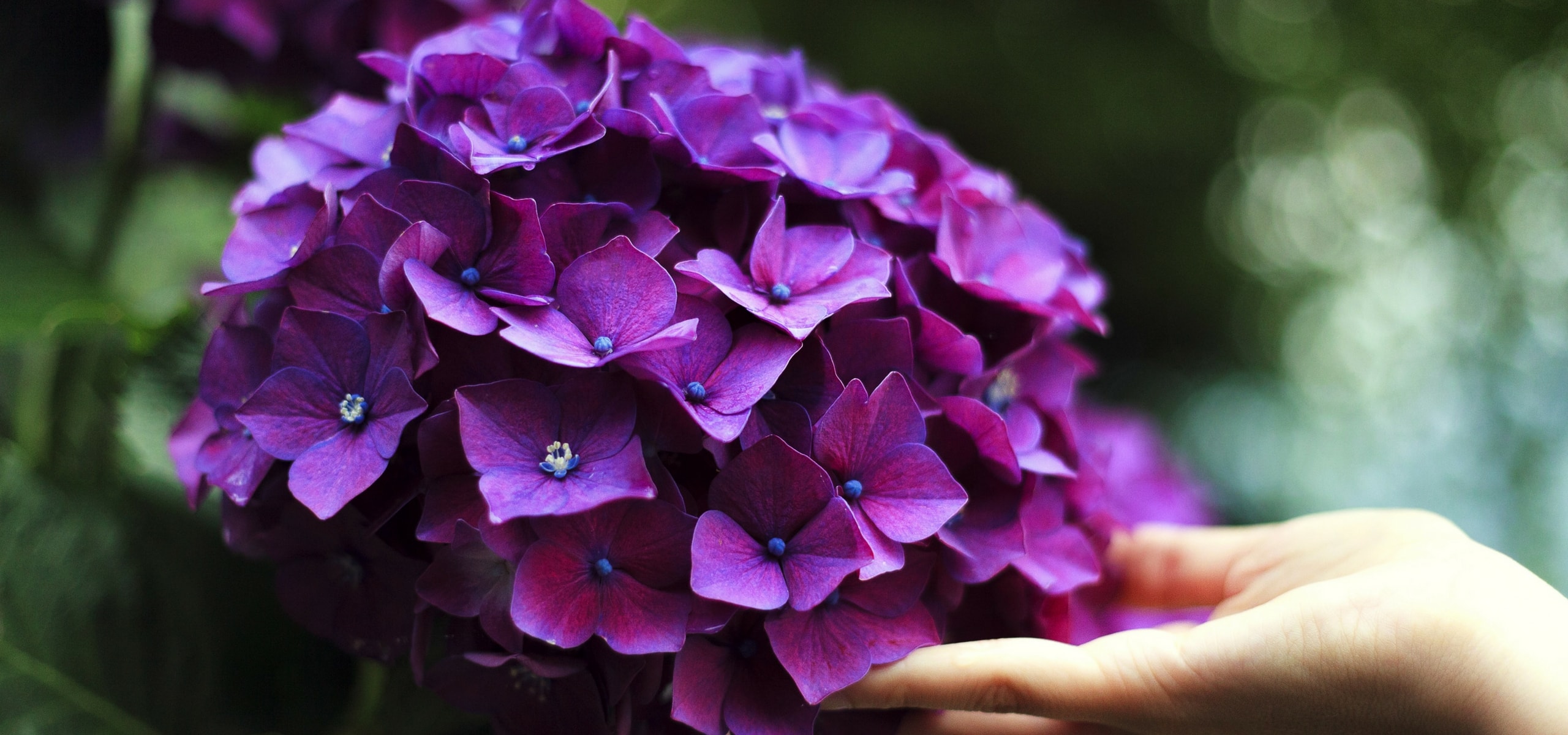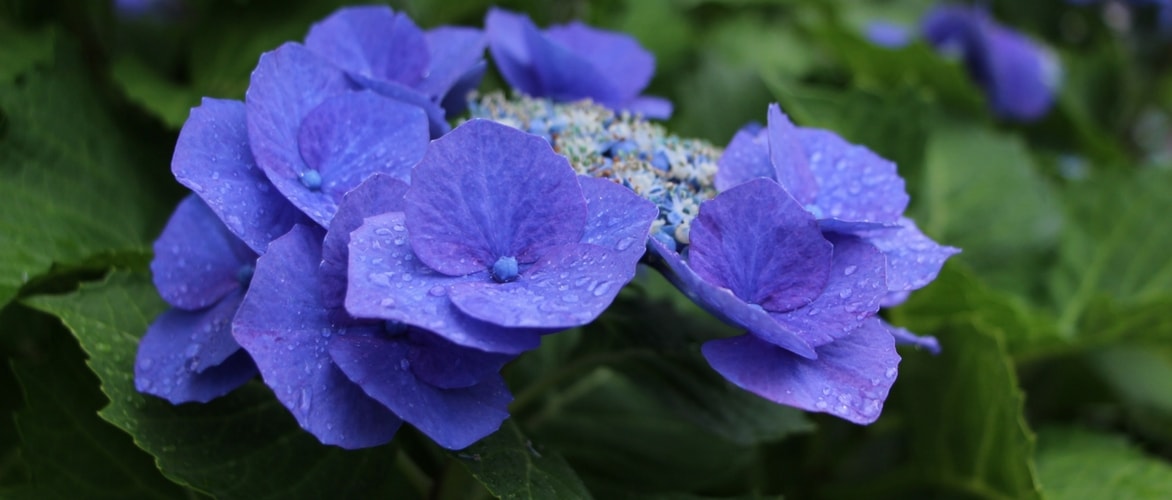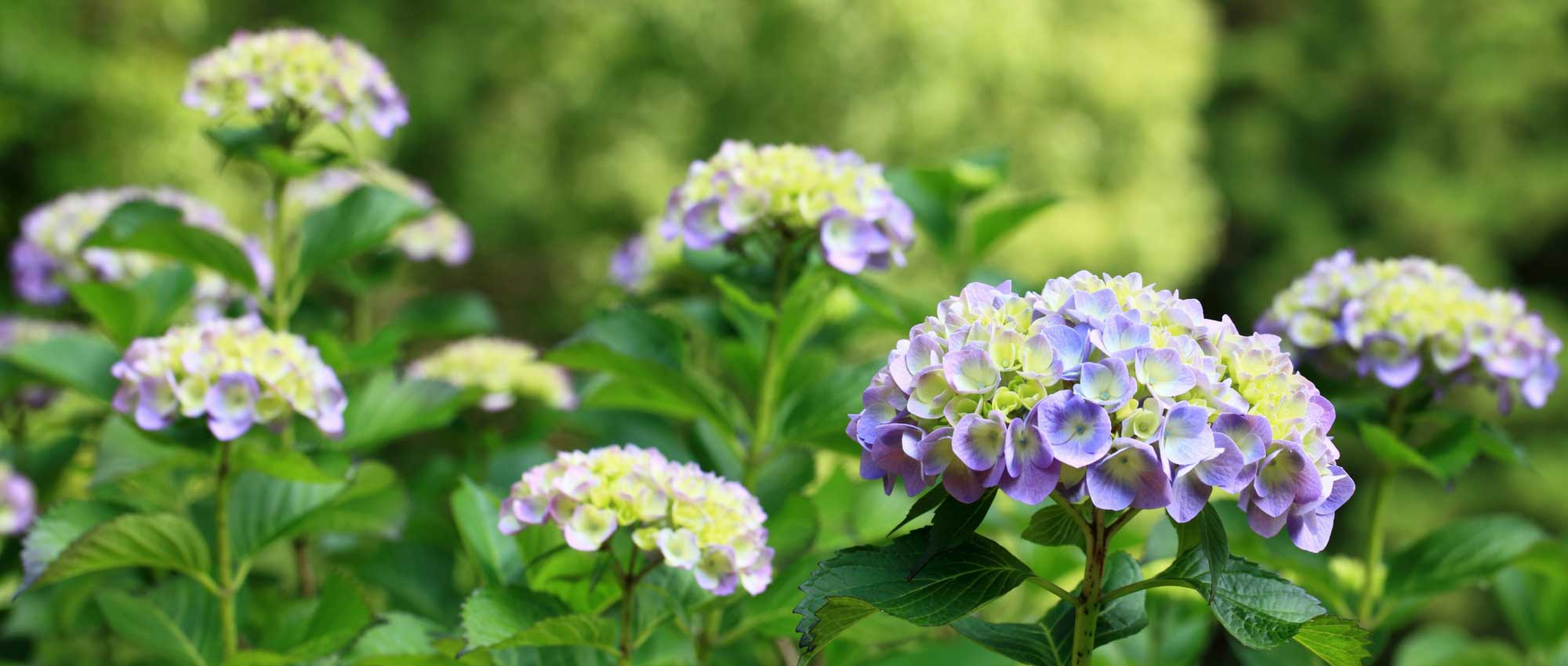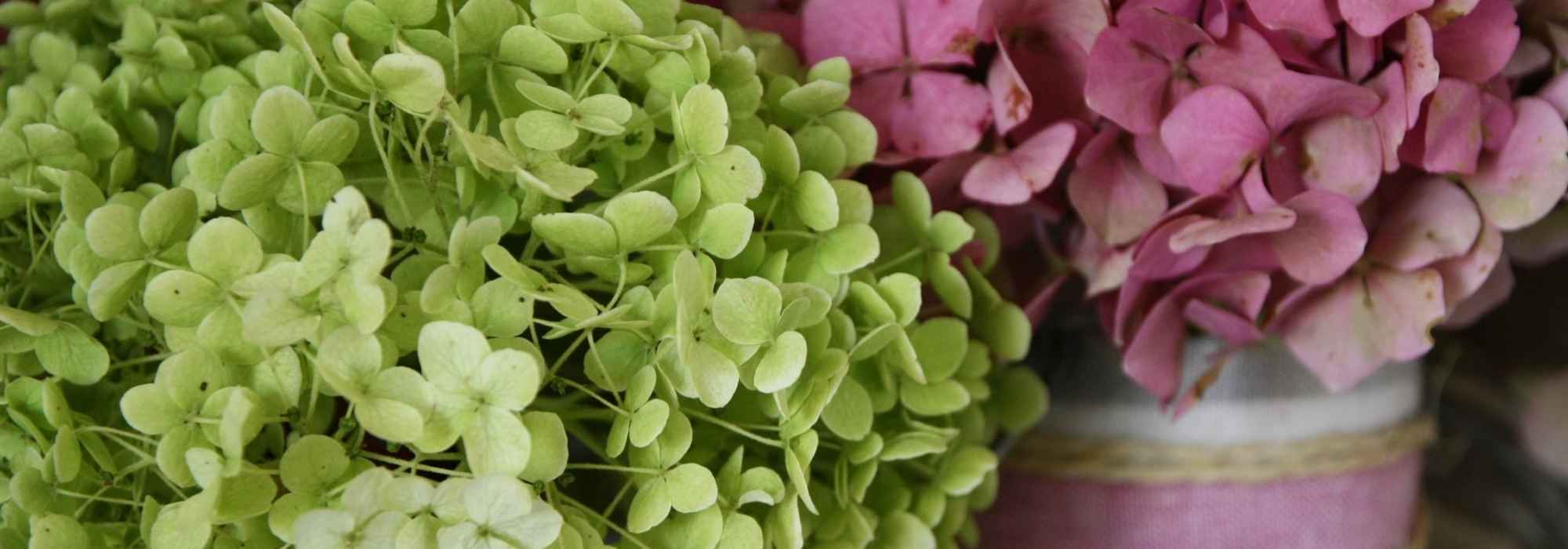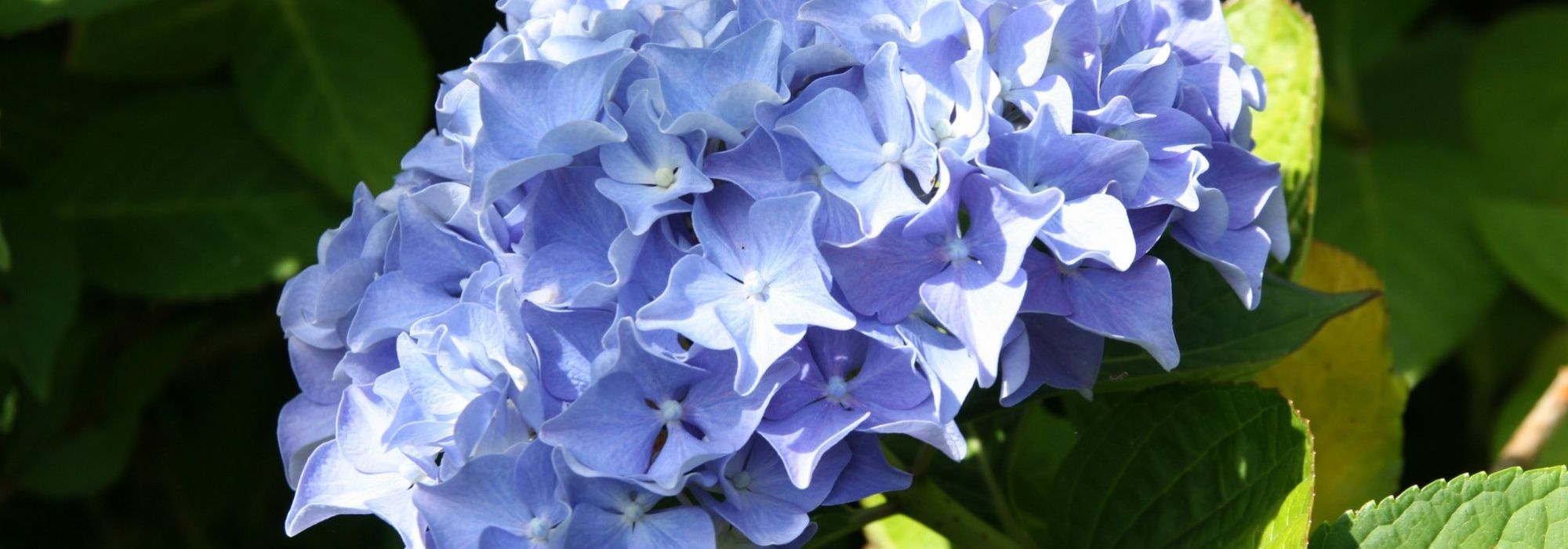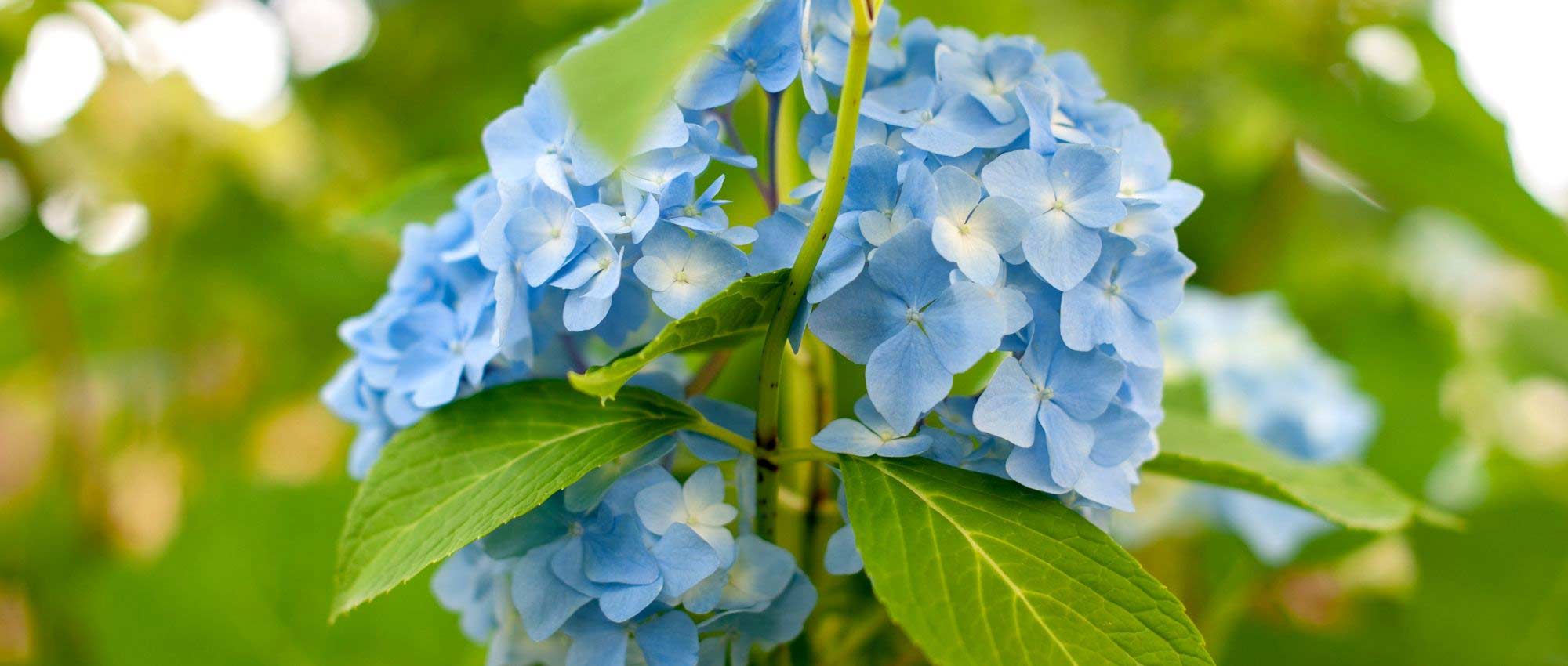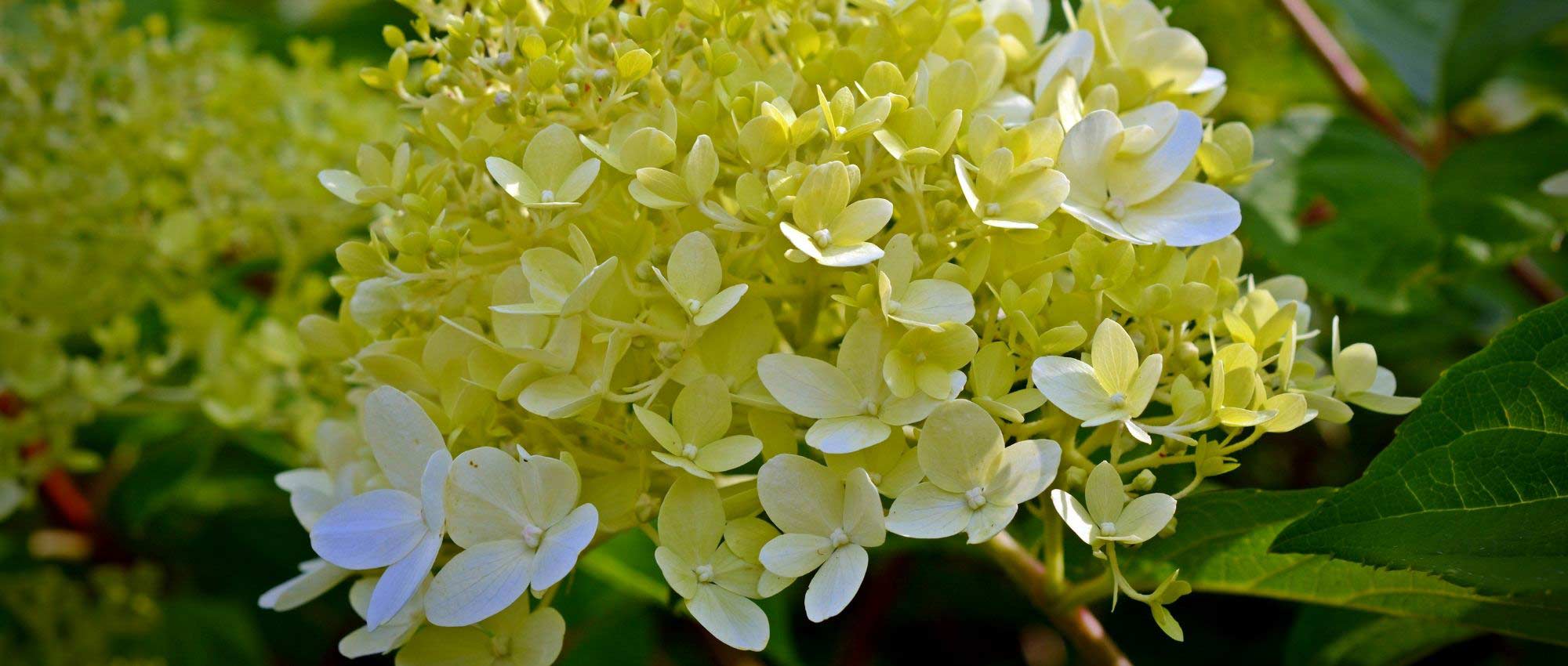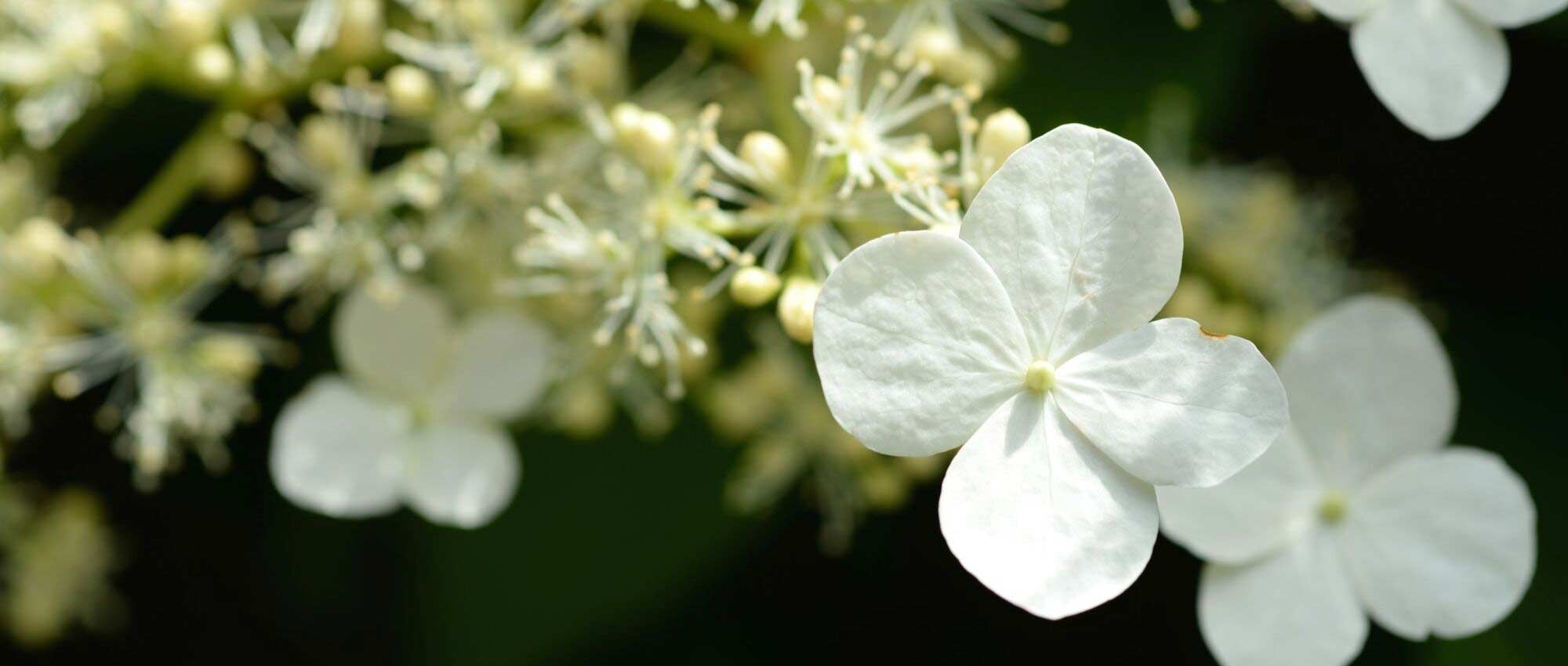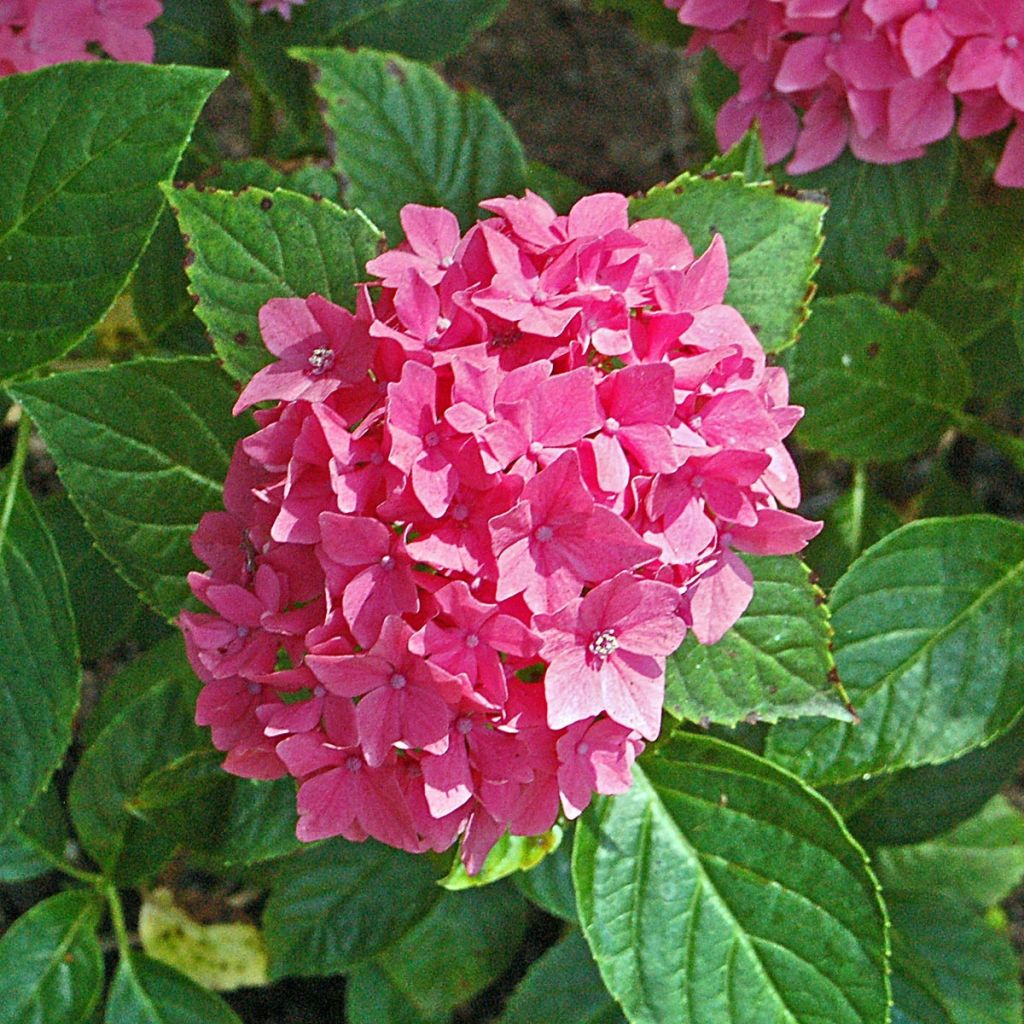

Hydrangea macrophylla Pia
Hydrangea macrophylla Pia
Hydrangea macrophylla Pia
Bigleaf Hydrangea, French Hydrangea
Special offer!
Receive a €20 voucher for any order over €90 (excluding delivery costs, credit notes, and plastic-free options)!
1- Add your favorite plants to your cart.
2- Once you have reached €90, confirm your order (you can even choose the delivery date!).
3- As soon as your order is shipped, you will receive an email containing your voucher code, valid for 3 months (90 days).
Your voucher is unique and can only be used once, for any order with a minimum value of €20, excluding delivery costs.
Can be combined with other current offers, non-divisible and non-refundable.
Home or relay delivery (depending on size and destination)
Schedule delivery date,
and select date in basket
This plant carries a 24 months recovery warranty
More information
We guarantee the quality of our plants for a full growing cycle, and will replace at our expense any plant that fails to recover under normal climatic and planting conditions.
Would this plant suit my garden?
Set up your Plantfit profile →
Description
The Hydrangea macrophylla 'Pia' is a captivating wonder with its dwarf, compact habit and its many flowerheads of small, dense and flattened balls of bright carmine-pink to violet-blue flowers, depending on the pH of the soil, illuminated by a white heart. This hydrangea forms a very low, well-spreading bush that does not exceed 60 cm (23.6 in) in height, dressed in large, shiny dark green foliage on which rest dentate flowers, carefully gathered in tight bouquets, are very colourful throughout the summer.
It is an ideal variety for decorating the garden's small shaded and fresh areas. Use it to form a beautiful, voluminous, flowery border around your beds, along a wall or facade, or plant it in a pot to structure and bring colour to your terrace or balcony. Relatively hardy, it is a half-shade plant that likes rich, well-drained, fresh and limestone-free soils.
Hydrangea macrophylla 'Pia' is a very low and compact hydrangea with tiny balls of dense, flattened flowers and bright carmine-pink to violet-blue at the heart. This is the result of cross-breeding varieties of the species H. macrophylla. All these hardy plants belong to the Hydrangeaceae family, native to China and Japan. This bush shows a dwarf, densely spreading habit.
At maturity, it can reach about 60 cm (23.6 in) in height for 80 cm (31.5 in) in width, with relatively rapid growth. From July to September, its small, fertile, sterile flowers form medium-sized (10 to 12 cm (3.9 to 4.7 in)), domed and dense hemispherical flower heads. Hydrangeas are made up of two types of florets: sterile and fertile. During flowering, the florets are yellowish-white but turn white over time. They can take on a violet-blue hue in acidic soil. The plant has shiny, dark green, serrated leaves that fall off during the deciduous season. The leaves grow opposite each other and are ovate to elliptical, with a pointed tip and rough edges. Hydrangeas live for at least 50 years.
The Hydrangea 'Pia' is a beautiful bush that has a full shape without being too big. It produces many small, colourful flowers that have an elegant look. This type of bush is considered high-class and can remind people of gardenia, but it doesn't have a scent.
Hydrangeas are often used to brighten up the north side of houses, but if you want to grow this variety, it will do well in an east or west location that is not too hot. It can grow in the sun or in a partially shaded area and be planted in garden beds or grown on its own.
This type of hydrangea is also great for container gardening, and you can place it on your terrace, in a beautiful pot, or near your entrance. Even though this plant doesn't like limestone, it is not strictly ericaceous. It looks great paired with magellanica fuchsias, annual impatiens, or spring-flowering bulbs.
You can enjoy this plant's beautiful and long-lasting flowers both in your garden and inside your home.
Hydrangea macrophylla Pia in pictures
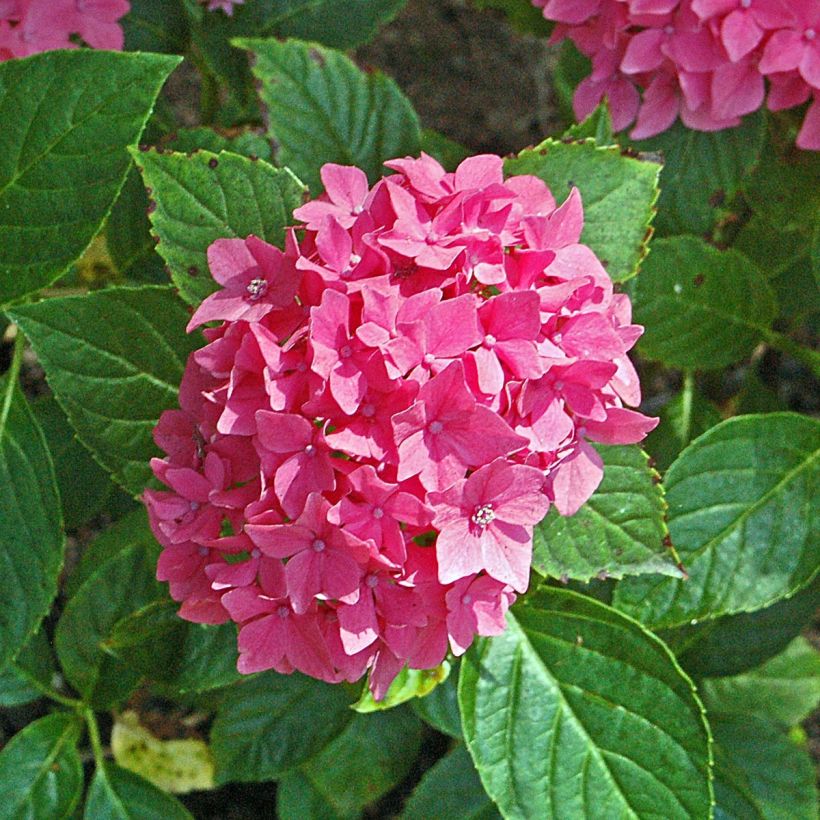

Plant habit
Flowering
Foliage
Botanical data
Hydrangea
macrophylla
Pia
Hydrangeaceae
Bigleaf Hydrangea, French Hydrangea
Cultivar or hybrid
Other Hydrangea Macrophylla
View all →Planting and care
To plant the Hydrangea macrophylla 'Pia', choose a slightly shaded spot in spring or early autumn, such as against an east-facing or northern wall. Keep it away from cold winds and the sun. It prefers deep, fresh, well-drained, and relatively fertile soil, but ericaceous soil is unnecessary. You can enrich the soil with a good base fertiliser before planting. If the soil is dry at the foot of the wall, plant the root ball at least 30-40 cm (11.8-15.7 in) away from the base and add well-rotted compost to improve soil freshness. This plant is resilient and can be planted in cold areas. When pruning, remove the faded flowers on the first or second bud. To encourage the formation of young shoots, cut back a quarter or a third of the oldest stems to the base when the plant matures. Prune every year in March or April.
Planting period
Intended location
Care
Planting & care advice
This item has not been reviewed yet - be the first to leave a review about it.
Haven't found what you were looking for?
Hardiness is the lowest winter temperature a plant can endure without suffering serious damage or even dying. However, hardiness is affected by location (a sheltered area, such as a patio), protection (winter cover) and soil type (hardiness is improved by well-drained soil).

Photo Sharing Terms & Conditions
In order to encourage gardeners to interact and share their experiences, Promesse de fleurs offers various media enabling content to be uploaded onto its Site - in particular via the ‘Photo sharing’ module.
The User agrees to refrain from:
- Posting any content that is illegal, prejudicial, insulting, racist, inciteful to hatred, revisionist, contrary to public decency, that infringes on privacy or on the privacy rights of third parties, in particular the publicity rights of persons and goods, intellectual property rights, or the right to privacy.
- Submitting content on behalf of a third party;
- Impersonate the identity of a third party and/or publish any personal information about a third party;
In general, the User undertakes to refrain from any unethical behaviour.
All Content (in particular text, comments, files, images, photos, videos, creative works, etc.), which may be subject to property or intellectual property rights, image or other private rights, shall remain the property of the User, subject to the limited rights granted by the terms of the licence granted by Promesse de fleurs as stated below. Users are at liberty to publish or not to publish such Content on the Site, notably via the ‘Photo Sharing’ facility, and accept that this Content shall be made public and freely accessible, notably on the Internet.
Users further acknowledge, undertake to have ,and guarantee that they hold all necessary rights and permissions to publish such material on the Site, in particular with regard to the legislation in force pertaining to any privacy, property, intellectual property, image, or contractual rights, or rights of any other nature. By publishing such Content on the Site, Users acknowledge accepting full liability as publishers of the Content within the meaning of the law, and grant Promesse de fleurs, free of charge, an inclusive, worldwide licence for the said Content for the entire duration of its publication, including all reproduction, representation, up/downloading, displaying, performing, transmission, and storage rights.
Users also grant permission for their name to be linked to the Content and accept that this link may not always be made available.
By engaging in posting material, Users consent to their Content becoming automatically accessible on the Internet, in particular on other sites and/or blogs and/or web pages of the Promesse de fleurs site, including in particular social pages and the Promesse de fleurs catalogue.
Users may secure the removal of entrusted content free of charge by issuing a simple request via our contact form.
The flowering period indicated on our website applies to countries and regions located in USDA zone 8 (France, the United Kingdom, Ireland, the Netherlands, etc.)
It will vary according to where you live:
- In zones 9 to 10 (Italy, Spain, Greece, etc.), flowering will occur about 2 to 4 weeks earlier.
- In zones 6 to 7 (Germany, Poland, Slovenia, and lower mountainous regions), flowering will be delayed by 2 to 3 weeks.
- In zone 5 (Central Europe, Scandinavia), blooming will be delayed by 3 to 5 weeks.
In temperate climates, pruning of spring-flowering shrubs (forsythia, spireas, etc.) should be done just after flowering.
Pruning of summer-flowering shrubs (Indian Lilac, Perovskia, etc.) can be done in winter or spring.
In cold regions as well as with frost-sensitive plants, avoid pruning too early when severe frosts may still occur.
The planting period indicated on our website applies to countries and regions located in USDA zone 8 (France, United Kingdom, Ireland, Netherlands).
It will vary according to where you live:
- In Mediterranean zones (Marseille, Madrid, Milan, etc.), autumn and winter are the best planting periods.
- In continental zones (Strasbourg, Munich, Vienna, etc.), delay planting by 2 to 3 weeks in spring and bring it forward by 2 to 4 weeks in autumn.
- In mountainous regions (the Alps, Pyrenees, Carpathians, etc.), it is best to plant in late spring (May-June) or late summer (August-September).
The harvesting period indicated on our website applies to countries and regions in USDA zone 8 (France, England, Ireland, the Netherlands).
In colder areas (Scandinavia, Poland, Austria...) fruit and vegetable harvests are likely to be delayed by 3-4 weeks.
In warmer areas (Italy, Spain, Greece, etc.), harvesting will probably take place earlier, depending on weather conditions.
The sowing periods indicated on our website apply to countries and regions within USDA Zone 8 (France, UK, Ireland, Netherlands).
In colder areas (Scandinavia, Poland, Austria...), delay any outdoor sowing by 3-4 weeks, or sow under glass.
In warmer climes (Italy, Spain, Greece, etc.), bring outdoor sowing forward by a few weeks.






























